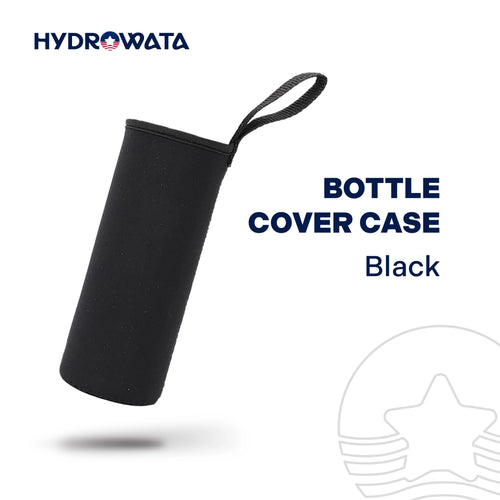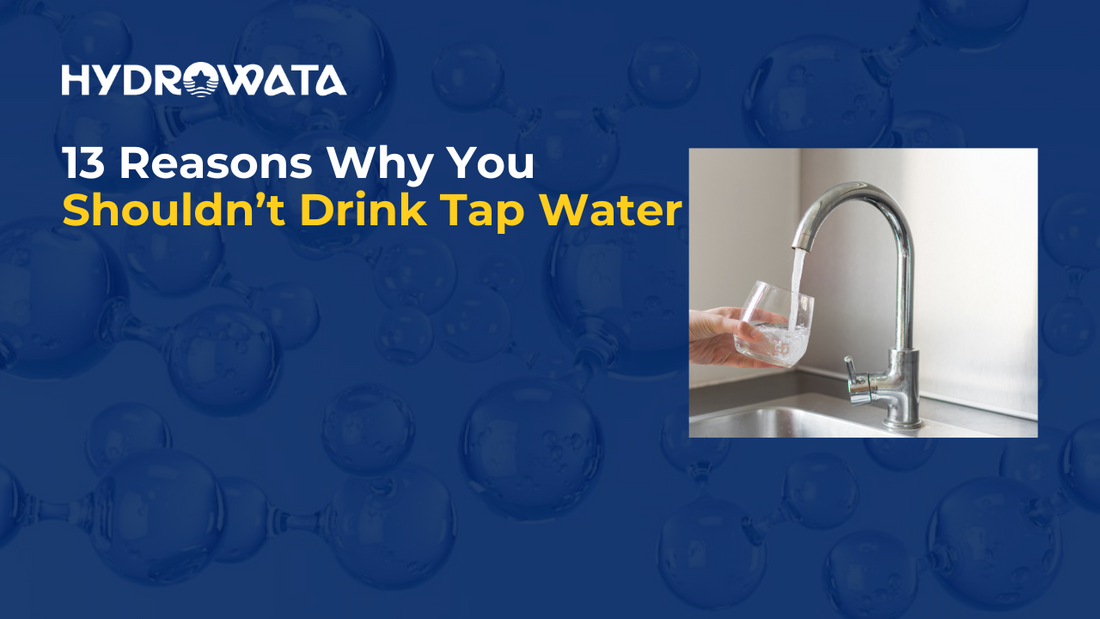Water is essential for life, but not all water is created equal. While tap water is convenient and widely available, it often contains harmful contaminants that can pose serious health risks. Many assume their municipal water supply is safe, but studies have shown that heavy metals, bacteria, chemicals, and microplastics are commonly found in tap water. In this article, we will explore 13 reasons why drinking tap water might not be the best choice for your health and what alternative solutions you can consider to ensure cleaner and safer drinking water.
Health Risks
Chlorine and Chloramine Exposure
Chlorine and chloramine are commonly used to disinfect tap water, killing harmful bacteria and viruses. However, prolonged exposure to these chemicals has been linked to respiratory issues, skin irritation, and even an increased risk of cancer. Chlorine can also react with organic matter in water to form harmful byproducts like trihalomethanes (THMs), which have been associated with liver and kidney damage.
Lead Contamination
Aging infrastructure, especially in older homes and cities, can lead to lead contamination in tap water. Lead exposure can cause severe health issues, including developmental problems in children, reduced kidney function, and high blood pressure. Even small amounts of lead in drinking water can be harmful over time.
Fluoride Concerns
 While fluoride is often added to tap water to promote dental health, excessive consumption has been linked to skeletal fluorosis, thyroid problems, and neurodevelopmental disorders. Some studies suggest that high fluoride levels may negatively impact cognitive function in children.
While fluoride is often added to tap water to promote dental health, excessive consumption has been linked to skeletal fluorosis, thyroid problems, and neurodevelopmental disorders. Some studies suggest that high fluoride levels may negatively impact cognitive function in children.
Bacteria and Parasites

Despite water treatment efforts, bacteria and parasites like E. coli, Giardia, and Cryptosporidium can still make their way into tap water. These microorganisms can cause severe gastrointestinal illnesses, diarrhea, nausea, and other health complications.
Pharmaceutical Residues
Research has found trace amounts of pharmaceuticals, including antibiotics, hormones, and antidepressants, in tap water. These substances enter the water supply through improper disposal and human waste, raising concerns about long-term exposure and its effects on human health.
Environmental and Chemical Contaminants
Pesticides and Herbicides
Agricultural runoff often introduces pesticides and herbicides into the water supply. These chemicals can be toxic to humans, affecting hormone levels, reproductive health, and even increasing the risk of cancer.
Heavy Metals

Arsenic, mercury, and cadmium are just a few heavy metals that can be present in tap water. Long-term exposure can lead to neurological disorders, kidney disease, and various forms of cancer.
Industrial Pollution
Factories and landfills contribute to tap water contamination by leaking hazardous chemicals into water sources. Pollutants such as benzene, toluene, and polychlorinated biphenyls (PCBs) can have severe health consequences when consumed.
Microplastics

Studies have detected microplastic particles in municipal water supplies worldwide. These tiny plastic fragments can accumulate in the body over time, potentially leading to inflammatory responses and disruptions in the endocrine system.
Infrastructure and Distribution Issues
Aging Water Systems
Many cities rely on outdated and deteriorating water pipes that can introduce rust, lead, and other contaminants into the drinking supply. The older the infrastructure, the higher the risk of contamination.
Boil Water Advisories
Municipal water systems frequently issue boil water advisories due to contamination issues. These advisories highlight the inconsistencies in water safety and suggest that tap water may not always be as safe as assumed.
Alternative Solutions
Bottled Water Isn’t the Best Solution
While bottled water may seem like a safer option, it has its downsides. Many brands source their water from municipal supplies, meaning it may not be any different from tap water. Additionally, plastic bottles contain chemicals like BPA, which can leach into the water, posing health risks. The environmental impact of plastic waste is another major concern.
Filtered and Hydrogen-Enriched Water as a Safer Choice

A reliable alternative to tap water is using a water filtration system combined with a hydrogen water bottle. Filtration removes harmful contaminants, while hydrogen-enriched water provides additional health benefits, such as improved hydration, antioxidant properties, and enhanced energy levels. By using a HydroWata Hydrogen Water Bottle with filtered water, you can enjoy cleaner, healthier drinking water without the risks associated with tap water.
Conclusion
Drinking tap water may seem convenient, but it comes with hidden risks, including harmful chemicals, heavy metals, bacteria, and infrastructure-related contamination. To protect your health, consider safer alternatives like filtered water combined with hydrogen enrichment. Investing in high-quality filtration and hydrogen technology ensures you consume clean, nourishing water every day.
One of the best hydrogen generation water bottles on the market is HydroWata. This advanced water bottle not only purifies but also infuses your water with molecular hydrogen, offering benefits like improved hydration, enhanced antioxidant properties, and better energy levels. Choosing HydroWata means investing in your health and well-being.
FAQs
1. Is filtered water better than tap water?
Yes, filtered water removes contaminants like chlorine, lead, and bacteria, making it a healthier choice.
2. What are the benefits of hydrogen water?
Hydrogen water provides antioxidants, enhances hydration, and may help reduce inflammation and oxidative stress.
3. Can I use any water in a hydrogen water bottle?
For the best results, use filtered water in a hydrogen water bottle to ensure clean and enriched hydration.
4. How long does a hydrogen water bottle last?
Hydrogen water bottles like HydroWata are designed for durability and can last for years with proper maintenance.
5. Is bottled water safer than tap water?
Not always. Many bottled water brands source their water from municipal supplies, and plastic bottles can introduce harmful chemicals.





